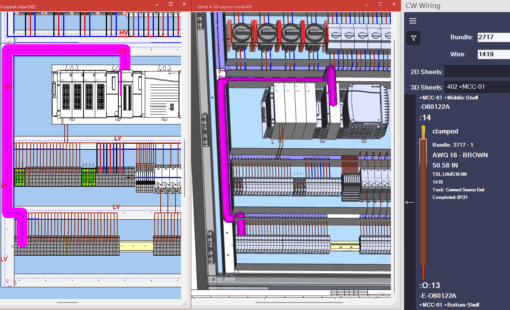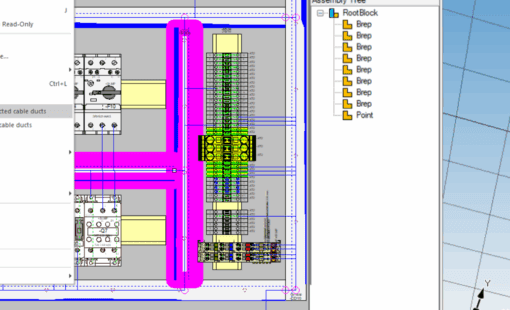We live in the age of “too much information.” Despite constant status notifications, news, ads, and instant messages, we still miss meetings, important messages, and lose our way. Adding yet another source of information to our lives, like augmented reality (AR), may seem overwhelming. However, this technology is not intended to distract us further, but to optimize the amount of information we receive.
The promise of AR is to have an ideal amount of information, entertainment, or assistance that is individually desired. The idea is to deliver what one needs, when they need it, seamlessly alongside the real environment.
Augmented Reality is Reality Plus Some
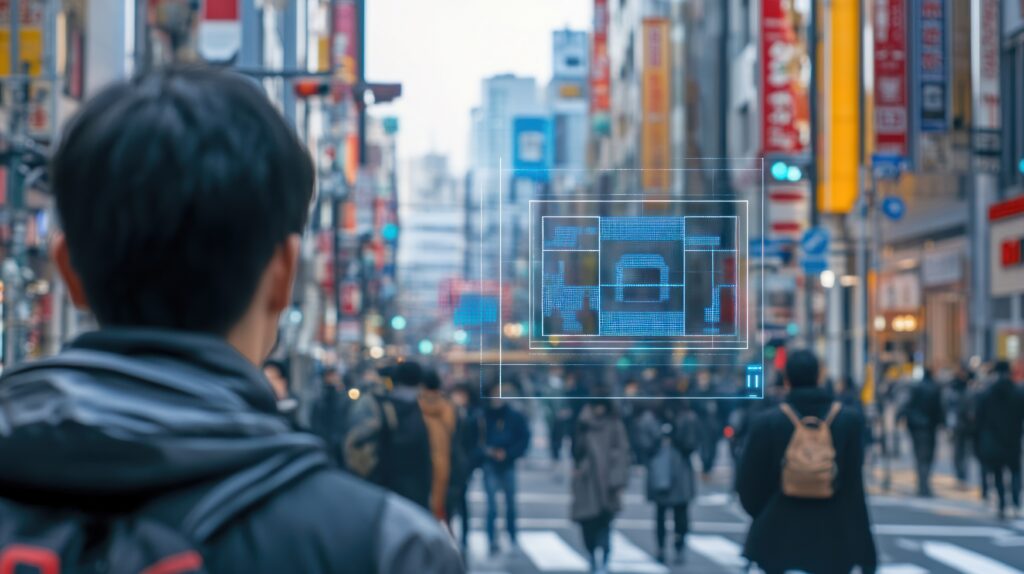
AR is a method for filtering, organizing, and substituting what we see and hear through displays that do not block the outside world. These AR displays can be found in glasses, phone screens, car windshields, and other devices that show the real world alongside computer-generated information.
Video, Auditory, Tactile
AR can be video, auditory, or tactile. The most known example is AR glasses, like the much-hyped Google Glass of nearly a decade ago. AR glasses have a small camera to see surroundings and a projector to display information onto the lenses. These projections are visible to the wearer of the glasses and combine with the surroundings in reality. For example, AR glasses can display a directional arrow to help with navigation.
Augmented vs. Virtual Reality
AR is not the same as virtual reality (VR). Virtual reality is essentially a made-up display—using real-time, rendered computer-generated imagery to create the user’s entire field of view. On the other hand, AR combines a view of the real world with information overlaid. Virtual reality generally comes through a fully contained set of goggles with individual displays, one for each eye. In addition, immersive VR also includes a headset for sound and can include force feedback for tactile VR.
Augmented Reality in Business
Software runs the factory of the 21st century. Manufacturing companies track everything from labor to machine efficiency and inventory. Even access to factory floors is permitted through software—via workstation locations or tablets carried by factory personnel. By integrating AR, the factory can become even smarter.
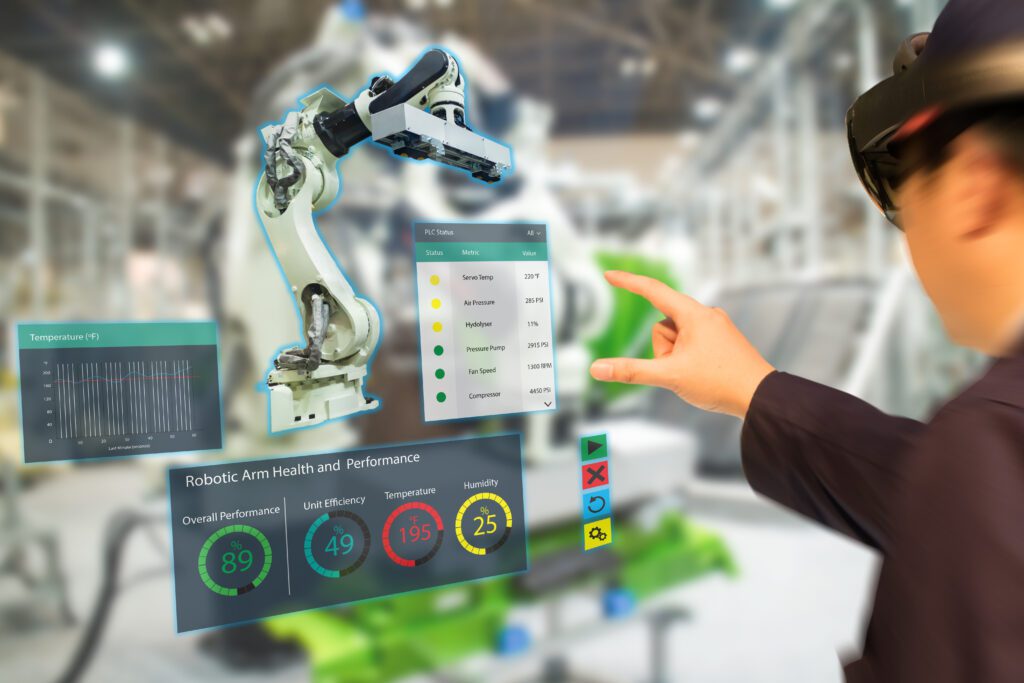
The safety goggles worn in factories are a great example of equipment that can develop into an AR device. AR safety goggles could display pertinent information overlaid on the view in reality. For example, while using the goggles to look at a piece of machinery, it could display maintenance data and lifelike representations of critical internal parameters.
Furthermore, AR goggles could provide better insight into factory floor management by providing the ability to display factory conditions and efficiencies. The goggles could also present employee names and personal information prompts. Such an AR device would be of great assistance in installations with large workforces.
Personal Augmented Reality
On the personal front, AR will pick up from the platform created by smartphones. Navigation, shopping, points of interest, and reference material will all become available on AR equipment. Here, wearable AR can extend beyond glasses and can be integrated into ear buds and into other tactile capabilities in shoes, clothes, hats and outerwear. Functionality could look like a shoe warning of tripping hazards by giving a tap or tapping when it’s time to turn right, left, or stop.
A Day in the Life
AR will enable us to escape the smartphone screen. You could browse morning media while still having both hands free to make a latte. Ear buds could tell you when it’s time to head out the door. Moreover, a head’s up display in your car could provide directions and display speed alongside other driving information.
In the grocery store, AR glasses users could see items on your shopping list, coupons, and sale items. There would be no need to wander aimlessly, as directions to each item could be display as you make your way through the store. Similarly, tactical AR device wearers could get a tap on their shoe or shoulder, or receive an audio cue with the same information.
A Quiet but Radical Transformation
The functionality provided by AR is not new. However, AR devices will enable hands-free access to information, allowing us to see, hear, and interact with information in our daily lives without relying on a smartphone. With evolving AR technology, smartphones will become little more than a high-speed wireless tether to the cloud. Wearable devices will become the primary interface.

- Blog

- Blog

- Blog
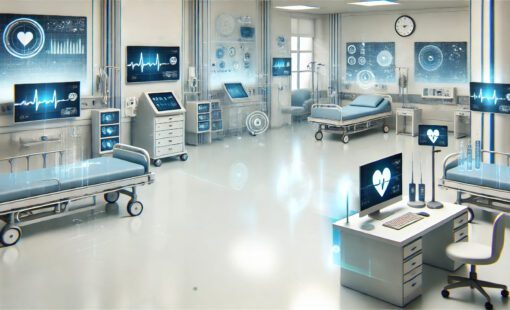
- Blog


